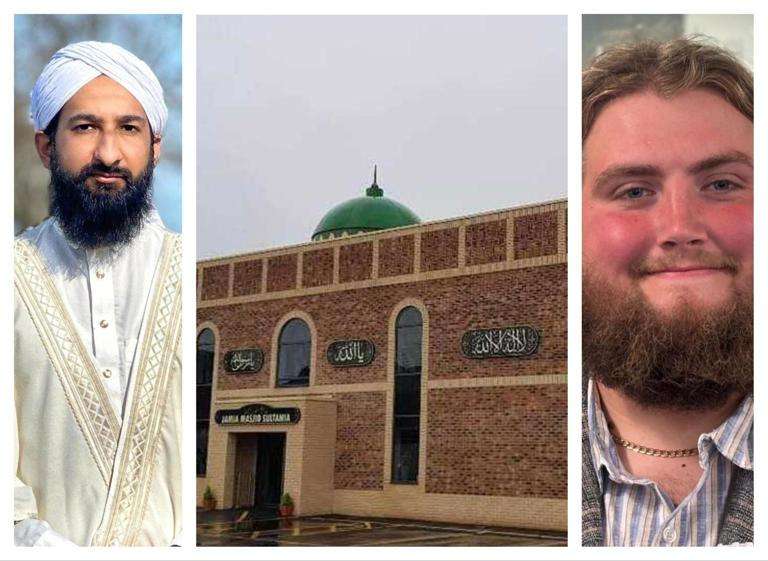GP surgeries serve as the main gateway to the NHS, making it crucial to choose a practice that responds efficiently and where patients trust the doctors' decisions. The Telegraph’s GP Tracker allows users to explore and compare essential details about local practices across England, including real-time appointment wait times and feedback from the long-standing GP Survey.
The tracker highlights disparities in access to GP services across the country. For example, in Erith and Thamesmead, East London, all 14 GP practices score below 65% on key patient satisfaction questions. Conversely, in Richmond, Yorkshire, every GP practice surpasses the benchmark with a positive rating.
How quickly are appointments available?
Nationally, most patients secure appointments within 24 hours of contacting their GP, according to NHS Digital data. The latest figures indicate that over 60% of patients are seen either on the same day or the next, while only 10% wait longer than two weeks. This two-week figure has remained stable in recent years and includes cases where patients intentionally schedule appointments in advance, such as for follow-ups.
However, frustration has grown over the difficulty of reaching a GP. In 2024, only 47.7% of patients reported that calling their GP was “easy,” a significant drop from 80.8% ten years ago.
How many appointments are face-to-face?
The use of video and phone consultations has increased among doctors as a way to triage patients. Before the pandemic, 79% of appointments were conducted in person. However, during the crisis, this number fell by more than half within months. Since then, it has only partially recovered, with in-person consultations now making up 61% of all appointments.
While some patients appreciate the convenience of remote consultations, research published in the British Journal of General Practice shows that patient satisfaction tends to be lower at clinics that rely heavily on telephone consultations.
Why is it so difficult to get a GP appointment?
The demand for GP services has risen sharply in recent years. In February alone, nearly 30 million GP appointments were recorded—an increase from 23 million in the same month of 2019.
This surge is partly due to the UK’s growing and aging population. According to the 2021 census, nearly 19% of the population is over 65, up from 15% a decade earlier. Older adults require more frequent medical care, further straining the system.
Despite repeated government promises to expand the GP workforce, the number of fully qualified, full-time equivalent GPs in England has declined by over a thousand compared to a decade ago. While overall GP numbers, including trainees, have seen a slight rise, many now work part-time, reducing the number of available appointments and failing to keep up with increasing demand.
Another factor driving appointment demand is changing patient behavior. Some doctors note that people are less likely to wait and see if symptoms resolve on their own before seeking medical attention. Dr. Zak Waqar-Uddin, a GP in Middlesbrough, explains, “People don’t tend to wait things out as much as they previously did. That being said, if someone is experiencing severe bleeding or acute illness, waiting is clearly not an option.”
In response to these challenges, the government has urged patients to visit pharmacists for minor ailments such as colds or coughs before turning to their GP. This initiative aims to ease the burden on primary care services and improve overall access to healthcare.

_8.jpg)

_7.jpg)




.svg)


